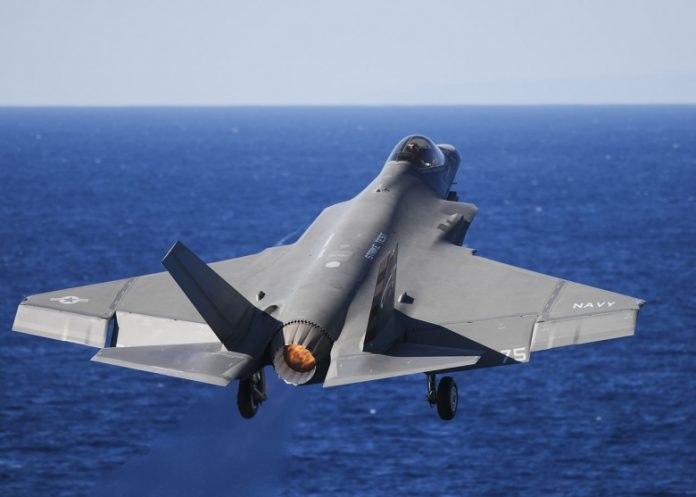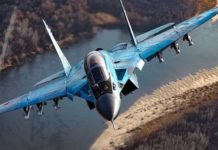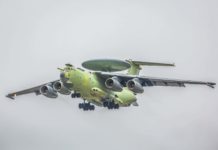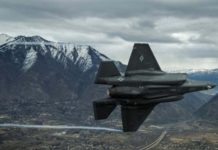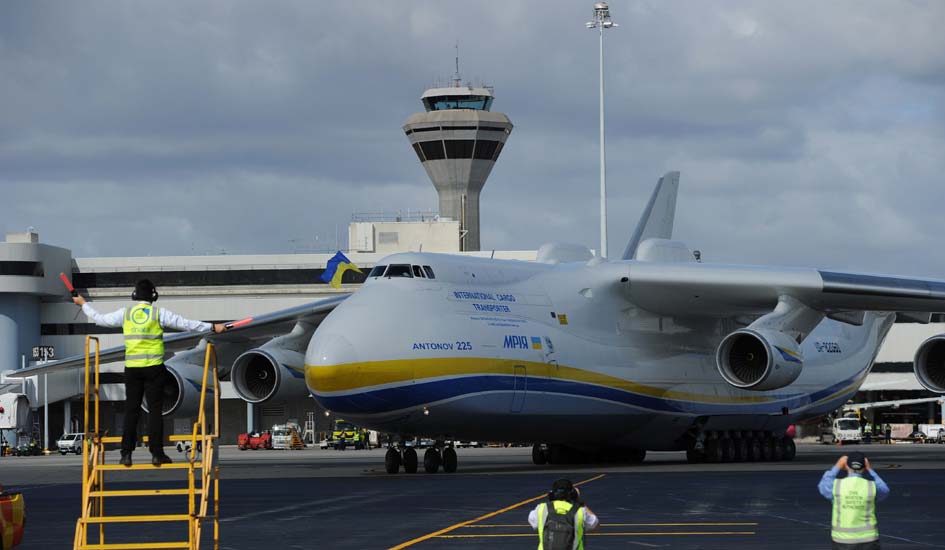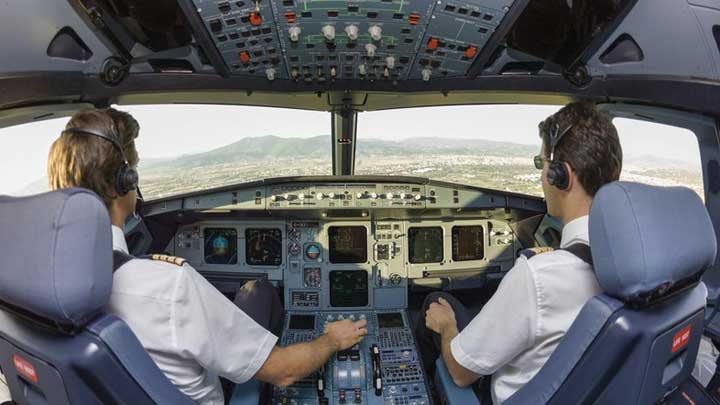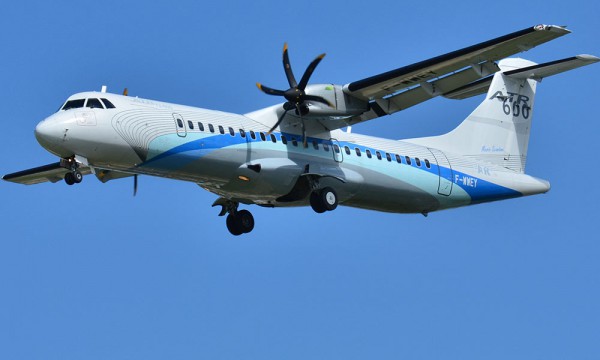American Navy in the final stages of testing the F-35C, , the services’ first-ever stealthy carrier-launched multi-role attack fighter. This fifth-generation aircraft will soon enter service
The emergence of a first-of-its kind carrier-launched stealth fighter is intended to give the Navy more combat attack flexibility and attack sophisticated enemy air defenses or fortified targets from a sea-based carrier. Such an ability can allow a maneuvering carrier to hold targets at risk from closer proximity if land-bases are far from the combat vicinity.
The new stealth Joint Strike Fighter is slated to become operational by 2018, when it will join the carrier air wing and fly alongside the F/A-18 Super Hornet, E2D Hawkeye surveillance planes and other aircraft. Over the next five years, the Navy plans to acquire as many as 64 of the new fighters, Navy officials told Scout Warrior.
As it prepares for F-35C deployment, the Navy anticipates that the new aircraft will deploy to any one of a number of pressing hot-spots.
“We make our aircraft so they are worldwide deployable,” Navy spokeswoman Lt. Kara Yingling, told Scout Warrior in an interview.
The current ongoing DT-III is now focused on advancing what’s called carrier integration and carrier qualification – effort to seamlessly integrate the new aircraft into the carrier platform and carrier air wing, service officials said.
Stealthy F-35C carrier aircraft, having a lower radar signature, are expected to deliver advanced attack and air-to-air and intelligence, surveillance and reconnaissance platforms, able to perform a wider range of operations without being detected by an enemy.
The aircraft is part of a broader Navy strategy to be well equipped in the event that it needs to engage in massive, major-power war against a near-peer adversary such as Russia and China known to have advanced air-defenses and air-to-air platforms.
The F-35C – the Navy’s and Marine Corps’ carrier-suitable variant (CV) – is designed to combined unprecedented at-sea stealth with fighter speed and agility, fused targeting, cutting-edge avionics, advanced jamming, network-enabled operations and advanced sustainment.
Being engineered for a carrier, the F-35C’s 51-foot wingspan is larger than the Air Force’s F-35A and Marine Corps’ F-35B short take-off-and-landing variants. The fighter is configured to carry 19,000 pounds of fuel and 18,000 pounds of weapons. An empty F-35C weighs approximately 3,500 pounds. It can fire two AIM-120 air-to-air missiles and two 2,000-pound Joint Direct Attack Munitions. The F-35C can reach speeds up to Mach 1.6 and travel more than 1,200 nautical miles.
In a document described as the “Naval Aviation Vision,” the F-35C is also described as being engineered with reinforced landing gear and durable coatings to allow the F-35C to withstand harsh shipboard conditions while delivering a lethal combination of fighter capabilities to the fleet.
With a broad wingspan, reinforced landing gear, ruggedized structures and durable coatings, the F-35C will stand up to harsh shipboard conditions while avionics equip the pilot with real-time, spherical access to battlespace information and commanders at sea, in the air and on the ground with an instantaneous, high-fidelity single picture view of ongoing operations.
The F-35C is engineered with a new technology called Delta Flight Path which helps pilot land on a carrier deck more easily. Test pilots and engineers credited the F-35C’s Delta Flight Path technology with significantly reducing pilot workload during the approach to the carrier, increasing safety margins during carrier approaches and reducing touchdown dispersion.
Carrier landing is never easy as pilots must account for the wind-speed, atmospheric conditions and speed of the ship. Pilots follow a yellow light on the flight deck of the ship called the Freshnel Lens to help the trajectory of the approach, called their glide slope.
The Fresnel Lens includes a vertical row of yellow lights between two horizontal rows of green lights. Using a series of lights and mirrors, a pilot’s approach is reflected by the position of the yellow light in relation to the green lights above and below, displaying whether the aircraft is on the right “center line” or “glide slope,” Navy pilots have said.
If a pilot is on glide slope, he will see a centered amber ball in between the horizontal green lights; If he goes high on glide slope, he will see the ball rise above the green lights. If he goes below glide slope, he will see the ball fall below the green lights.
Also, in order to properly align for an approach to the flight deck — about three-quarters of a mile away, pilots make a sharp, descending 180-degree turn to slow the aircraft and begin descending from about 600 feet, Take-off is also intense; Aircraft are able to reach speeds up to 160 knots in about 2.5 seconds as a result of being thrust forward by the steam catapult.
The steam catapult generates 520 PSI (pounds per square inch) of pressure pushing pistons forward. The pistons push cylinders connected to a shuttle attached to a launch bar, which pulls the aircraft forward, Navy officials explained.
Upon landing, the aircraft catches an arresting cable four to six inches above the deck of the carrier; hydraulic fluid controls the pace of deceleration for the aircraft, Navy pilots explained.
The F-35C demonstrated exceptional performance both in the air and on the flight deck, accelerating the team’s progress through the DT-I schedule, achieving 100 percent of the threshold test points three days early and conducting night ops during DT-I – an unheard of feat since the Navy’s F-4 era.
By 2025, the Navy’s aircraft carrier-based air wings will consist of a mix of F-35C, F/A-18E/F Super Hornets, EA-18G Growlers electronic attack aircraft, E-2D Hawkeye battle management and control aircraft, MH-60R/S helicopters and Carrier Onboard Delivery logistics aircraft such as the emerging Navy Osprey tiltrotor aircraft variant.
Source: National Interest

